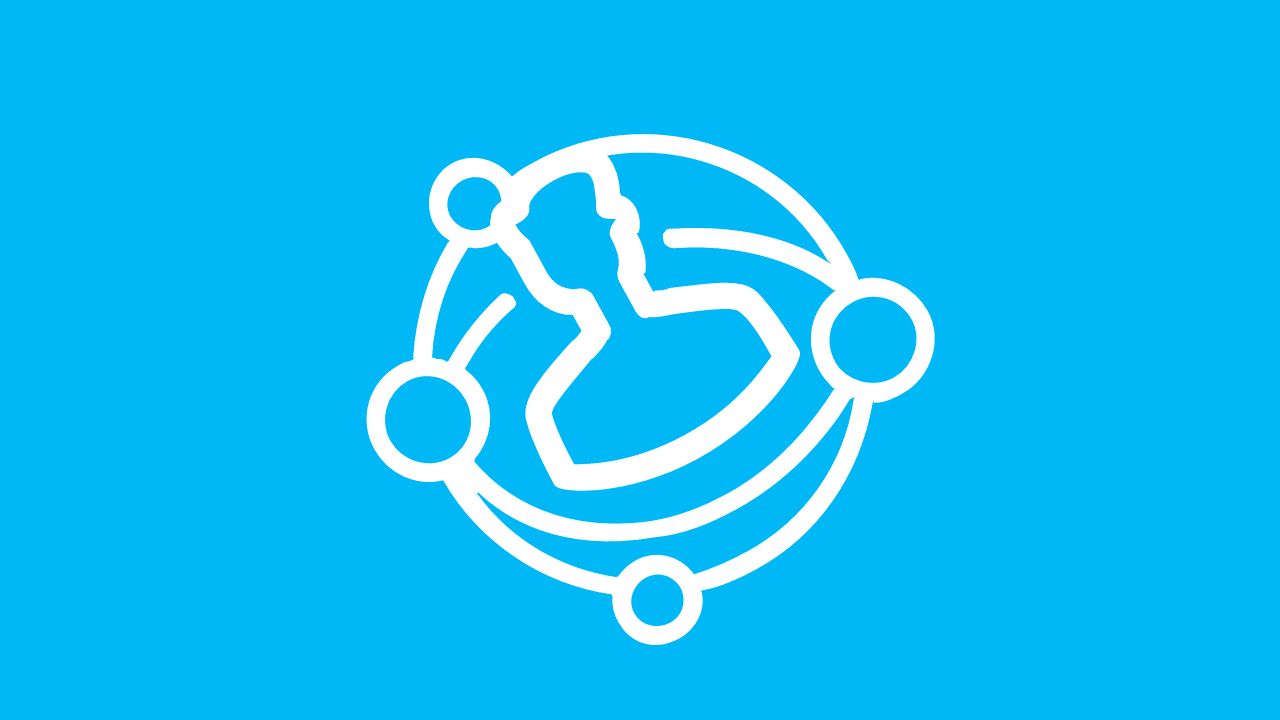KPMG’s Business Change Management (BCM) Method is an approach used to manage the people, process, or system factors of change to achieve the intended business outcomes.
Change Management is like the GPS for your company's journey to navigate transformation. It is the strategic approach to ensure that when your organisation decides to make significant changes— whether it's adopting new technologies, altering processes, or shifting company culture— everyone is on board and the transition is as smooth as possible.
The ability to adapt to change becomes ingrained in the corporate culture, enabling the organisation to stay competitive, agile, and sustainable for long-term success. Changes that positively impact internal processes often translate to better customer experiences, which in turn enhances customer satisfaction and loyalty.
Business Change Management provides a roadmap that helps you navigate from your current state to the desired future state. It is not just about telling people what is changing; it's about getting everyone excited, engaged, and equipped with the right tools to make the journey together.
We are here to guide you through every twist and turn, providing clear communication, addressing concerns, and making sure your team is ready for the exciting road ahead. With our help, your company can embrace change with confidence, minimize disruptions, and arrive at your destination successfully. Let's turn challenges into opportunities, together.

What issues are our clients facing?
Project failure due to:
- Lack of a unified vision.
- Lack of commitment from senior management.
- Inadequate communication.
- Lack of clarity and accountability.
- Lack of user adoption (especially when tech related).
- Poor employee engagement resulting in high levels of attrition.
What do we do to help clients tackle these challenges?
- Creation of a customised solution based on our KPMG Change Management methodology.
- Cultivate a culture that supports and embraces change.
- Build communication to support buy-in and alignment.
- Establish the strategic aims and vision for change.
- Promote senior management commitment.
- Translate the vision into reality for the people; what it means for them.
- Guide and support the organisation and its leaders to the vision identified via the roadmap.
- Make sure the change is sustainable and the benefits are realised.
- Understand the skills required to drive the change.
- Train people on identified skills.
What are the benefits of Business Change Management?

Smooth Transition
Promote a smooth transition by helping you explore and address concerns, reducing resistance to change amongst employees.

Stakeholder Engagement
Identify and engage with key stakeholders and leaders who are necessary to drive the change forward, tackling their concerns, and involving them in the process.

Risk Mitigation
Identify and mitigate potential risks associated with the changes, reducing the likelihood of negative impacts on the business and employees.

Optimises Performance
Foster the effective implementation of new processes and systems, leading to optimised performance. Provides tools and metrics to measure the success of change initiatives.
A holistic approach to Business Change Management
Business Change Management (BCM) provides a diverse range of services, placing people at the core of your business transformation. We offer solutions aligned with your organisation's culture and specific needs, supporting you throughout the entire transformation or at specific phases.
Depending on your business model, we can provide the following services:

Organisational Readiness and Planning for Impacts
We identify the areas, teams, and roles that are impacted by the change, and map how the changes impact the organisation, determining potential blockers, benefits, and gaps to ensure a smooth transition.

Stakeholder Involvement and Engagement
Stakeholder Management is key to sustain adoption. We seek to understand the stakeholders that need to be involved in the change, to explore if we are addressing their needs, and engage them in the change journey to secure their support and commitment.

Communications
We engage, create awareness, and limit change resistance from end users through a tailored communication strategy, plan, and execution, considering each audience group’s needs and preferences. We may also activate a network of change ambassadors to be our conduit into the business.

Training
We provide customised training programmes to equip people with the necessary knowledge and tools required for new ways of working. We assess the training needs, and design a training strategy, plan, and materials tailored to people’s role, level, and function.
AI Transformations
As organisations evolve their ways of working, Business Change Management plays a critical role in enabling the successful integration of artificial intelligence into everyday operations. Our approach fosters an AI-first mindset, helping clients identify meaningful AI use cases, embed intelligent tools into business processes, and prepare their workforce to adopt these technologies with confidence. We support change through targeted communication strategies, stakeholder engagement, and capability-building initiatives that address behavioural shifts and AI-related concerns.
By grounding our actions in data-driven insights and aligning with client strategy, we ensure that transformation efforts are not only innovative but also measurable and impactful. Whether you're introducing AI for the first time or scaling its use across teams, our BCM services equip your people to embrace change and unlock value from AI-enabled transformation.







